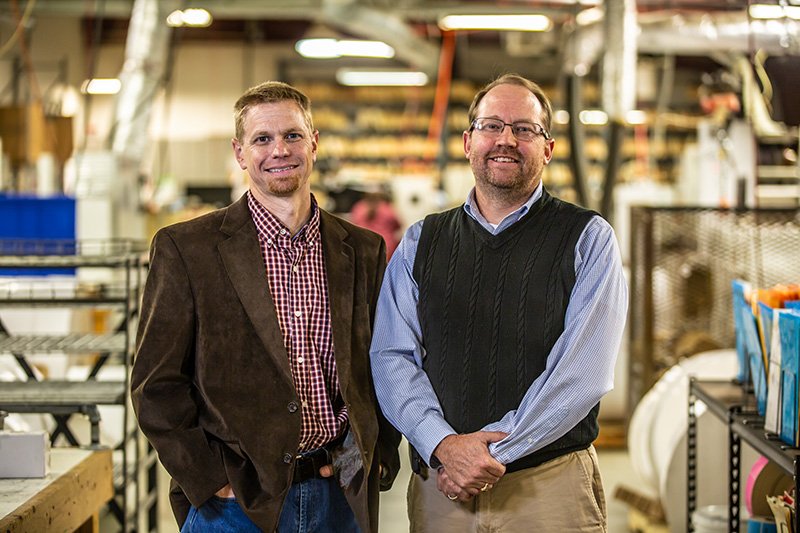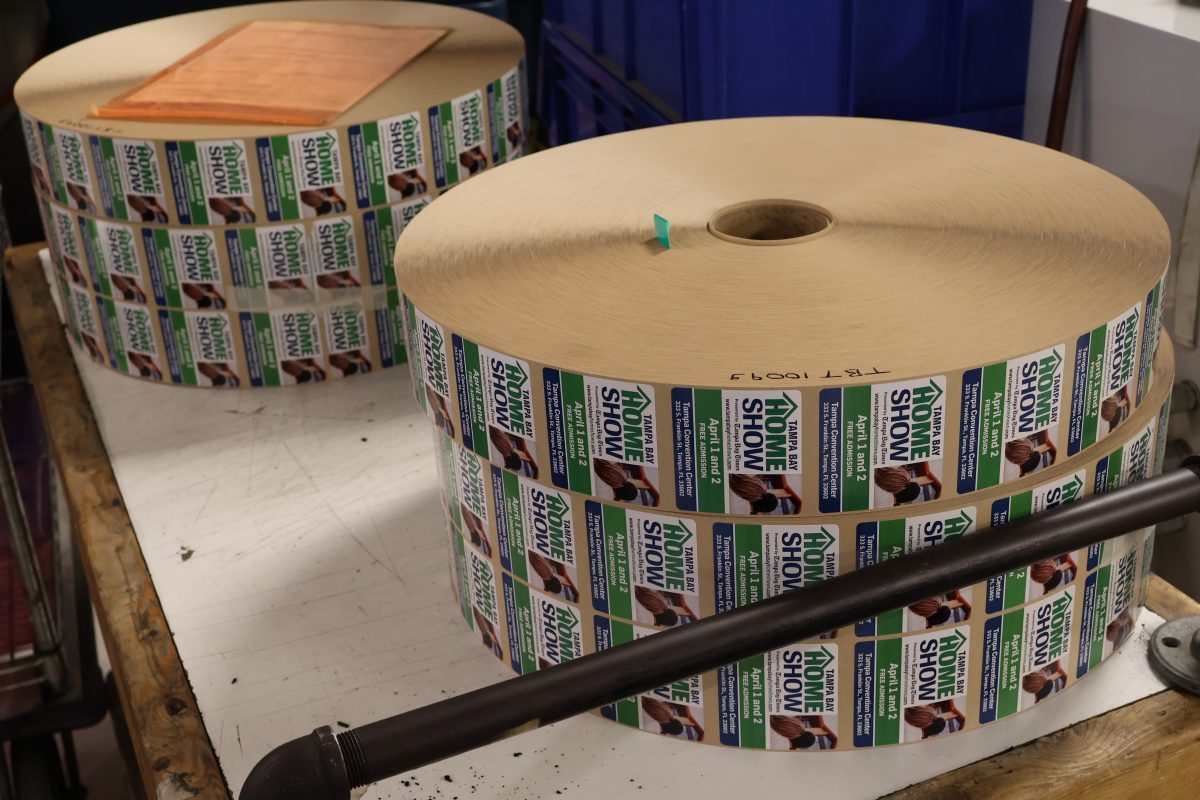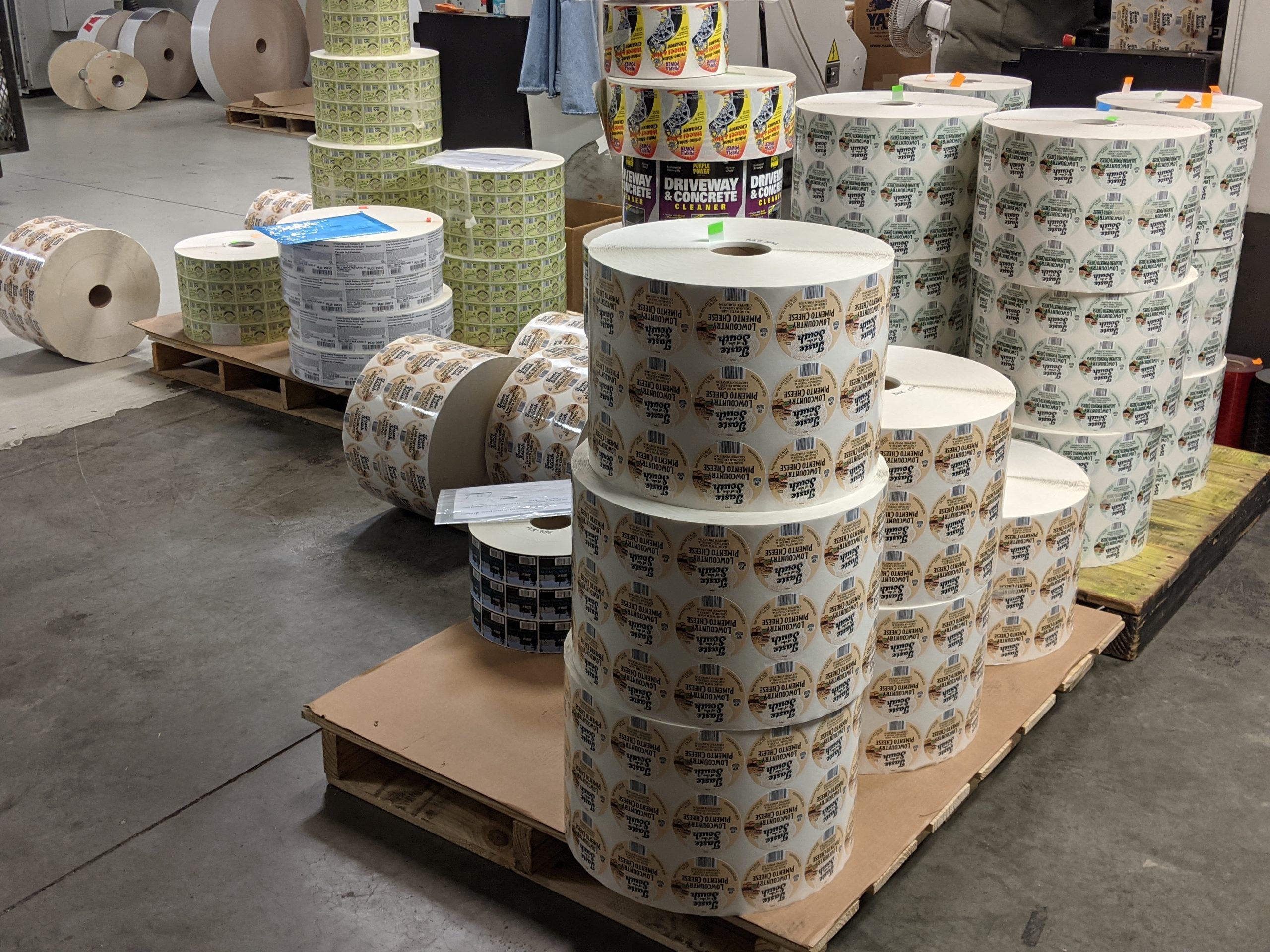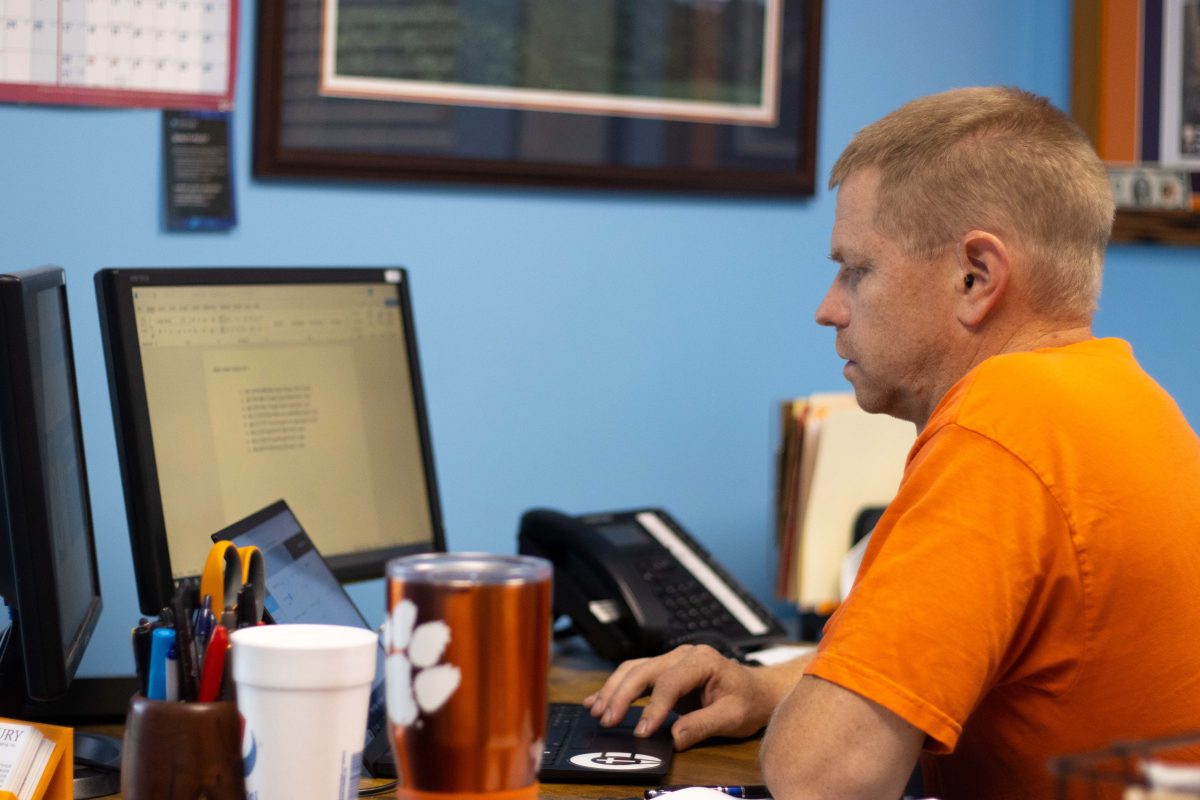As we stand at the midpoint of the year, Century Printing and Packaging takes a moment to reflect on the milestones achieved, strides made, and advancements moving our industry. CP&P has seen great progress and has established strategic initiatives that set the stage for the next six months to improve and innovate for every client.
Century Printing and Packaging has achieved remarkable success this year, having sold over 85 million labels and fulfilled over 3,000 orders. This substantial volume highlights CP&P’s ability and dedication to meeting high demand while maintaining top-notch execution. The presence of a well-organized team working in unison has been instrumental in reaching these impressive milestones.
Let’s uncover some direct impacts to better understand what led to Century Printing and Packaging’s success in the year’s first half.
According to an article on LinkedIn, the Chemical Resistant Labels Market is projected to grow by 13.6% from 2024 to 2031. CP&P has focused on the chemical segment, which has led to their growth and expertise in providing specialized labeling solutions for this industry. Keeping up with this rapidly growing market shows their ability to meet the specific needs of chemical manufacturers, ensuring safety and compliance through durable and long-lasting labeling solutions.
Another reason for the remarkable success witnessed in 2024 is the sale of RFID labels. Century Printing and Packaging has taken the necessary steps to integrate itself into the new world of RFID labeling, not only to understand the industry’s changes but also to position the team as experts in the space. CP&P also intends to invest in encoding equipment for RFID labels within the year, bolstering its capability to stay current with future RFID trend needs.
In line with technological advancements, CP&P is exploring the purchase of a second digital press by the end of the year. This investment will empower the team to proactively assess and respond to customers’ evolving needs. By incorporating additional production bandwidth through introducing new presses, CP&P will have the capacity to accommodate a broader range of customer requirements.
Next, let’s examine market dynamics and customer trends that are significantly contributing to CP&P’s 2024 growth.
We are all experiencing the impact of inflation in one way or another, but one positive effect is the growing favor for store brands over name brands. A significant number of CP&P’s customers produce store brands, and this change in consumer preference has directly boosted sales. You may have already observed the trend of store brands occupying more space in shopping carts as consumers actively seek budget-friendly alternatives to name brands. Read more about this trend in the Wall Street Journal.
In contrast to last year, when supply chain disruptions presented significant challenges, 2024 has witnessed more stable supply chains. Century Printing and Packaging has taken proactive measures by expanding its pool of materials suppliers. This move ensures cost competitiveness and swift production timelines without any delays. The newfound stability has enabled CP&P to prioritize delivering consistent quality and reliability to their customers, even amid ongoing uncertainties in global supply chains.
Lastly, let’s dive into some strategic initiatives that CP&P has taken that will lead them into a flourishing 2025.
Century Printing and Packaging has conducted extensive studies on setup costs in response to customers’ heightened price sensitivity. This research has allowed them to refine existing pricing models, ensuring competitive quotes while maintaining profitability. By understanding the detailed costs of each production run, CP&P can provide customers with the best possible pricing without compromising quality.
Century’s workforce remains a cornerstone of their yearly success. CP&P takes pride in having a stable and dedicated team with the right people in the right positions, driving operations forward without interruption. A unified team, all pushing in the same direction, will fortify CP&P against any challenges that come their way in the second half of the year.
Looking ahead to the second half of 2024, Century Printing and Packaging is confident in its ability to continue providing high-value labels at every price point to its customers. The strategic investments mentioned above, strong production capabilities, and stable supply chains position CP&P well for future growth.
Century Printing and Packaging wouldn’t be here today without the support of its customers, partners, and team members for their continued collaboration and dedication. Together, CP&P is looking forward to achieving even greater milestones in the coming months and years.
Thank you for being a part of the journey.



 Splicing ensures that labels are seamlessly joined together, whether applied by hand or machine. When labels are machine-applied, the splice must be stronger to withstand the tension from the applicator. In contrast, labels applied by hand require a less intense splice. Understanding how the label will be applied is essential for determining the type of splice needed. This attention to detail ensures that labels are prepared correctly for their intended use, highlighting Century’s commitment to delivering high-quality products tailored to their customers’ needs.
Splicing ensures that labels are seamlessly joined together, whether applied by hand or machine. When labels are machine-applied, the splice must be stronger to withstand the tension from the applicator. In contrast, labels applied by hand require a less intense splice. Understanding how the label will be applied is essential for determining the type of splice needed. This attention to detail ensures that labels are prepared correctly for their intended use, highlighting Century’s commitment to delivering high-quality products tailored to their customers’ needs. Finishing is a vital step in the label printing process that can often get overlooked. However, it’s the final touch that guarantees your labels not only look great but are also ready to be used as intended. At Century Printing and Packaging, each member of the finishing department understands the nuances of this final stage, ensuring even the most complex jobs are handled with precision. The customer’s proof serves as a reference point throughout the process, ensuring that the finished labels match the customer’s specifications. This attention to detail prevents errors and saves time and resources by catching any issues early in the process. By prioritizing quality control and proofs, Century Printing and Packaging demonstrates its commitment to delivering superior results with enhanced appeal for every label.
Finishing is a vital step in the label printing process that can often get overlooked. However, it’s the final touch that guarantees your labels not only look great but are also ready to be used as intended. At Century Printing and Packaging, each member of the finishing department understands the nuances of this final stage, ensuring even the most complex jobs are handled with precision. The customer’s proof serves as a reference point throughout the process, ensuring that the finished labels match the customer’s specifications. This attention to detail prevents errors and saves time and resources by catching any issues early in the process. By prioritizing quality control and proofs, Century Printing and Packaging demonstrates its commitment to delivering superior results with enhanced appeal for every label.